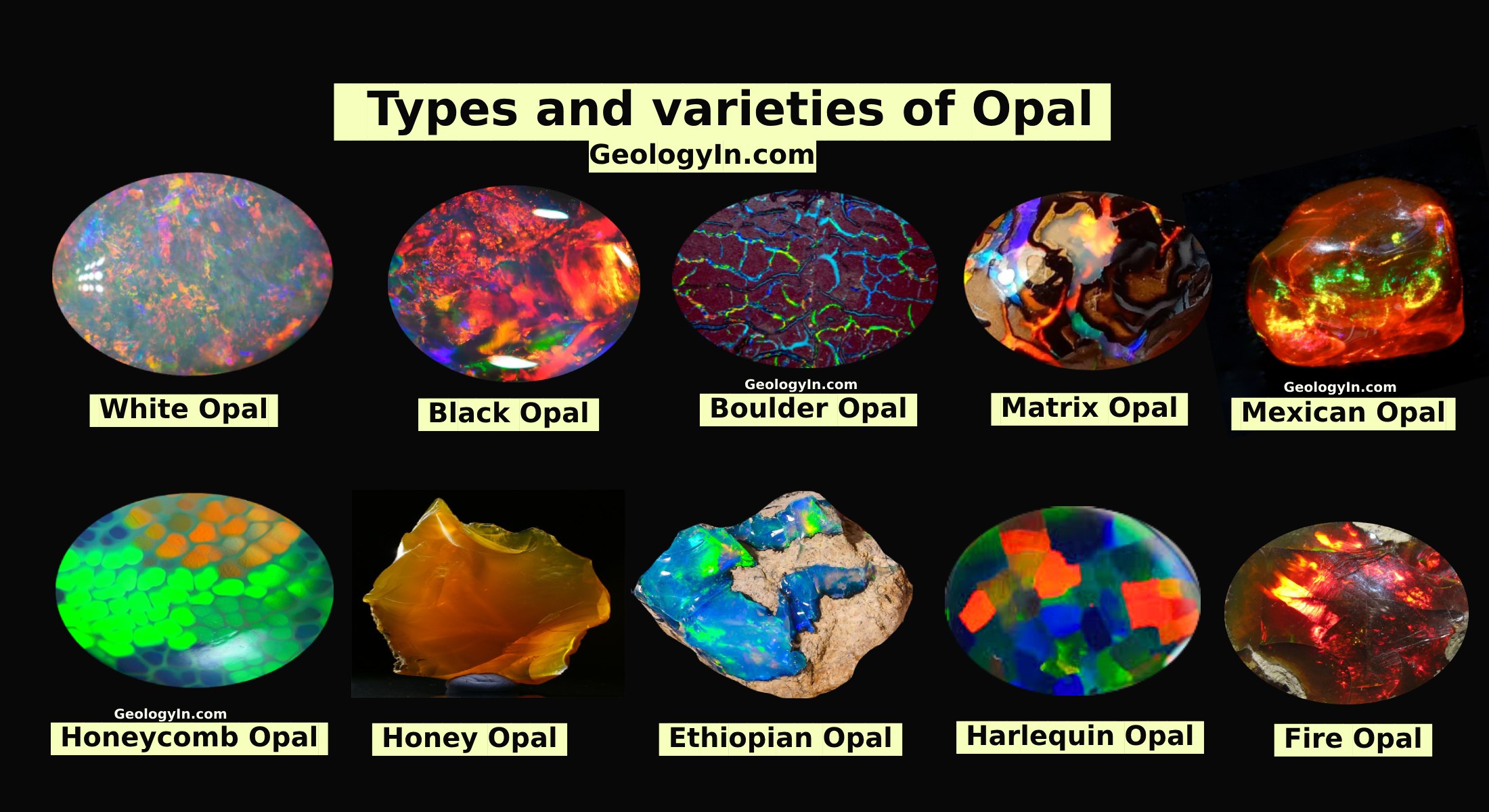The Difference Between Rocks and Minerals
Rocks Vs. Minerals
Rocks and minerals are both naturally occurring solid substances that are found in the Earth's crust. However, there are some key differences between the two.
A mineral is a naturally occurring, inorganic solid substance with a definite chemical composition and crystal structure. Minerals are the building blocks of rocks, and they can be found in a variety of colors, shapes, and sizes. Some common minerals include quartz, feldspar, mica, and olivine.
A rock is a solid aggregate of one or more minerals, or a body of undifferentiated mineral matter. Rocks can be formed by a variety of geological processes, including cooling magma from volcanoes, the accumulation of sediments, and the transformation of existing rocks by heat, pressure, or chemicals. Some common rocks include granite, basalt, limestone, and sandstone.
Main rocks on earth contain minerals like magnetite, quartz, feldspar, mica, epidote etc. But more than half of the mineral types classified in geological studies are considered rare. Igneous rocks are formed when molten lava solidifies after a volcanic eruption and is known to be rich in the mineral granite.
Rocks have great cultural, commercial and social value only because of the mineral present in them. Rocks are also used to establish dates of various civilizations that have existed on earth.
Rocks and Minerals Common Characteristics
Rock Vs Mineral
| Characteristic | Rock | Mineral |
|---|---|---|
| Definition | A solid aggregate of one or more minerals, or mineraloids. | A naturally occurring inorganic solid with a definite chemical composition and crystalline structure. |
| Composition | Can be made up of one or more minerals, or mineraloids. | Pure substance with a definite chemical composition. |
| Formation | Formed through a variety of geological processes, including cooling and solidification of magma, compaction and cementation of sediments, and alteration of existing rocks. | Formed through natural geological processes, such as crystallization from magma or precipitation from solution. |
| Uses | Construction materials, road paving, jewelry, ornamental stones | Industrial minerals (e.g., sand, gravel, clay), gemstones, fertilizer |
| Examples | Granite, basalt, limestone, sandstone | Quartz, feldspar, mica, olivine, calcite |
Numerous Uses
There are several uses of rocks and minerals in the world today. Aluminum is used for making cans, containers and for appliances used in the home. Chromite is used for making chromed parts of automobiles. Ores of copper are used in making coins, jewelery, cooking utensils and wiring equipment used for electrical devices, televisions, computers, automobiles, etc. Halite, more commonly known as salt, is used in cooking and food preservation.It is also used as a water softener and for de-icing on highways. Limestone is used as a component of cement which is used in the construction of homes, sidewalks, bridges and buildings. Fluorite find its uses in the production of hydrofluoric acid, but its main use is in toothpastes to help protect your teeth. Lead is used in making batteries and as a protective shield in the doctor's office from X-rays.
Rocks and minerals are fascinating topics of study for both scientists and students. While their own characteristics define them, they are sort of like distant cousins - having some similarities but keeping within their own immediate families.











%20(1).webp)